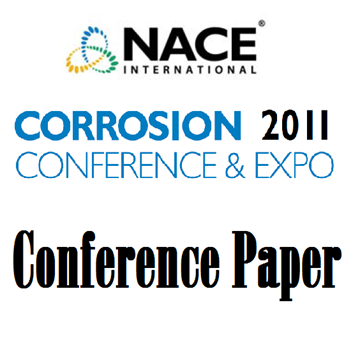Search
Environmentally Assisted Cracking Evaluation of UNS N06686 Using Constant Extension Rate Testing
Also Purchased
Monitoring the Corrosion of Copper-Nickel-Chromium Castings Using Electrochemical Frequency Modulation
Product Number:
51300-11354-SG
Publication Date:
2011
$20.00
Integration of External Corrosion Direct Assessment with Integrity Management Software Application
Product Number:
51300-11129-SG
ISBN:
2011 11129 CP
Publication Date:
2011
$20.00
11294 Susceptibility of Hydrogen Induced Stress Cracking of Duplex Stainless Steel at Elevated Temperature
Product Number:
51300-11294-SG
ISBN:
2011 11294 CP
Publication Date:
2011
$20.00




